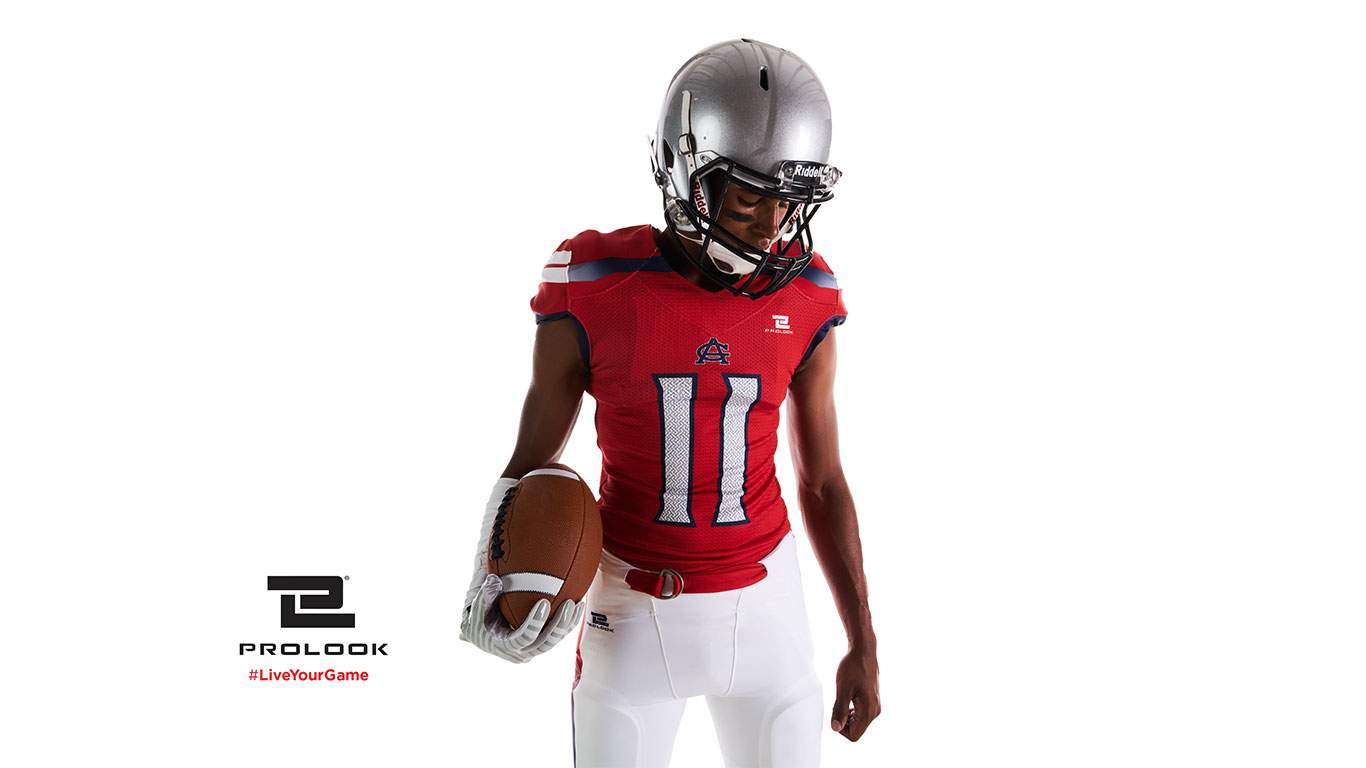
Kids are going to be kids, and along the way, there are going to be some bumps, bruises, broken bones, and other injuries. While you can’t protect kids from all harm, it’s good to teach them proper ways to reduce the risk of injury—especially concussions—while playing sports.
Sprains and broken bones seem to heal pretty well, but when you’re talking about brain injuries, even in the form of concussions, well, that’s just territory you don’t want to venture into if you don’t have to.
Before we dive into how to prevent concussions, let’s first understand why they are worrisome.
What is a concussion?
A concussion is a brain injury that usually occurs when you hit your head hard. And concussions occur a lot. In fact, according to the Mayo Clinic, about 3 million instances are reported each year. That’s a lot of brains being jostled around if you ask us.
Why are concussions dangerous?
Concussions are dangerous because they can cause chemical reactions in the brain that can lead to short term and long term issues. Most instances result in short-term discomfort, but repeated concussions can lead to long-term brain injury. Remember that movie with Will Smith, Concussion? Enough said.
What are symptoms of a concussion?
Common symptoms include a headache, nausea, lack of coordination, dizziness, confusion, inability to focus, and more.
How to treat a concussion
The best thing you can do is rest. The body has a way of healing itself with time.
Common ways young athletes get concussions
Ok, ok, now we’re getting into the meat and potatoes portion of this article. Some of the most common ways young athletes get concussions are through situations you’d guess—heading a soccer ball, taking a blow to the head with a baseball, basketball or volleyball, or tackling head first in football (big no no by the way, nobody wants that targeting penalty either…)
So, that leads us to the real point of this article, how to protect young athletes from getting concussions.
No. 1: Wear a helmet for sports that recommend them
And there you were thinking our first point was going to be rocket science. Nope. Just the simple rule that your parents taught you from a young age which you’re now teaching to the younger generation. If it’s football, wear your helmet and learn to tackle correctly, avoiding helmet-to-helmet hits. Helmets won’t prevent concussions entirely, but they sure can help.
If you’re a wrestler, wear the head protection for your sport. If you’re a cyclist or into extreme sports, yeah, you guessed it, wear the helmets!
No. 2: Train your athletes to develop their balance
We’ve all witnessed the uncoordinated tall guy on the basketball court who just looks awkward when he falls. Truth is, many basketball players and volleyball players suffer concussions too. An unexpected blow to the head from a ball coming off the rim or spike is one thing, but falls are another beast.
Having your athletes train and and do exercises to help them develop a good center of gravity will undoubtedly help avoid injury. That’s not to say accidents won’t happen, but learning how to fall and constantly working on your balance can help prevent injury in general, and concussions in particular. You might try an Indo board or balance ball for this type of development. Just cut yourself some slack your first few times doing either, you’ll probably look and feel goofy until you get the hang of it.
No. 3: Check in with coaches and attend practices
Maybe you are the coach, an athletic director, or parent. Regardless, it’s wise to check in to see how athletes are being trained by their team leaders. This isn’t an effort to micromanage or be a helicopter parent. This is merely to educate yourself on what type of drills the athletes are doing and an opportunity to see with your own eyes if proper protocol is in place to prevent injury.
From taking headers in soccer to the aforementioned proper tackling techniques in football, it gives parents or athletic directors peace of mind when they see coaches working hard to ensure the safety of their athletes.
No. 4: Encourage kids to report symptoms
Regardless of your position, if you know young athletes, encourage them to speak up if they think they may have a concussion. In many instances, a coach may be present and witness a mild blow to the head. But coaches and trainers don’t see everything, so it’s often up to the athlete to speak up.
Here at PROLOOK sports, we love to see young athletes follow their passion and be an integral part of a team. We also love to see athletes stay healthy, so they can compete at their highest level.
So, let’s all band together and make sure young athletes are aware of what a concussion is, what the symptoms are, and how to prevent them.

